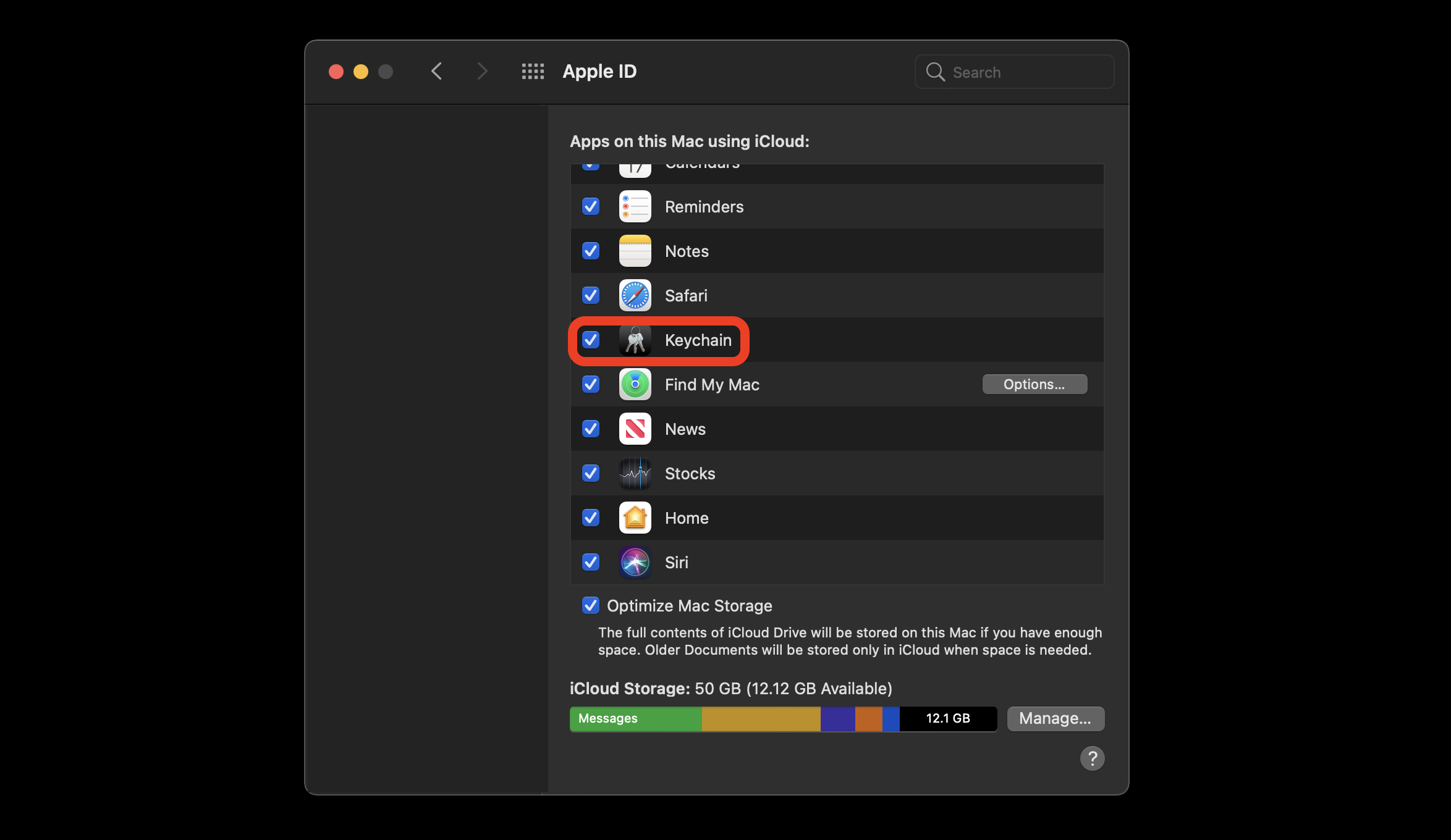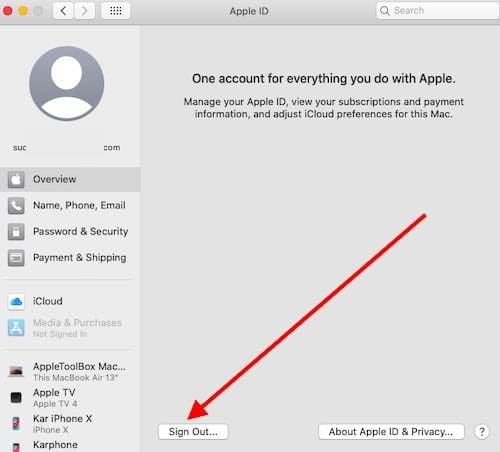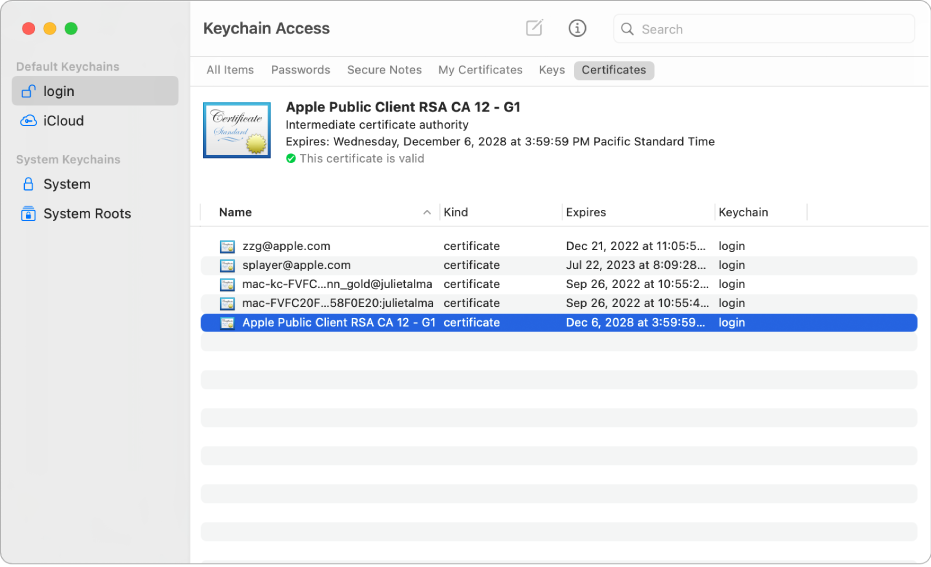

- #NOTHING IN MAC KEYCHAIN ACCESS PREFERENCE UPDATE#
- #NOTHING IN MAC KEYCHAIN ACCESS PREFERENCE PRO#
- #NOTHING IN MAC KEYCHAIN ACCESS PREFERENCE PASSWORD#
Keychains are usually located in the Keychains folder in the Library folder in your home folder.
#NOTHING IN MAC KEYCHAIN ACCESS PREFERENCE PASSWORD#

Except, unlike me, the staffer had the time-or at least the unbridled curiosity-to track down the problem.Īs it turns out, the cause in that case was a corrupted file deep inside the invisible

Written back in January, it described a similar keychain-authorization problem experienced by an Unsanity staffer. Then, last week, I happened to come across an Thanks toĭropCopy, I was able to transfer files to other Macs, but I was still anxious to be able to use standard file sharing again.

I was too busy to spend the time necessary to isolate the cause, so I put the problem on the back burner and just avoided connecting directly to any shares. But who wants to wait that long to connect to another computer when they’re trying to get work done?)Īfter a few more bang-my-head-against-the-wall attempts, I gave up. (I eventually discovered that if I waited 15 to 20 minutes, the dialog went away and I regained control. Such attempts resulted in Beachball Bonanza. Basically, the computer worked flawlessly until I tried to connect to another Mac for which I’d previously saved my file-sharing password to the keychain. Thinking this was a random glitch, I force-restarted, got back up and running, and tried to connect again.
#NOTHING IN MAC KEYCHAIN ACCESS PREFERENCE PRO#
My MacBook Pro was effectively a big, shiny paperweight. The dialog remained on the screen and the entire computer became unresponsive.
#NOTHING IN MAC KEYCHAIN ACCESS PREFERENCE UPDATE#
Since I’d just installed an update that affected file sharing, I clicked the button to approve the update to my keychain, and then waited… and waited… and waited. Installed a new version, or installed an OS X update that did so, this is a warning that there might be some sort of malware posing as that application in order to gain access to passwords.) (Basically, this is OS X’s way of saying, “Hold on, partner there’s a new version of XYZ on your machine that wants the same access to your passwords that the old version had.” If you’ve indeed updated XYZ recently, you agree and get on with your day.


 0 kommentar(er)
0 kommentar(er)
